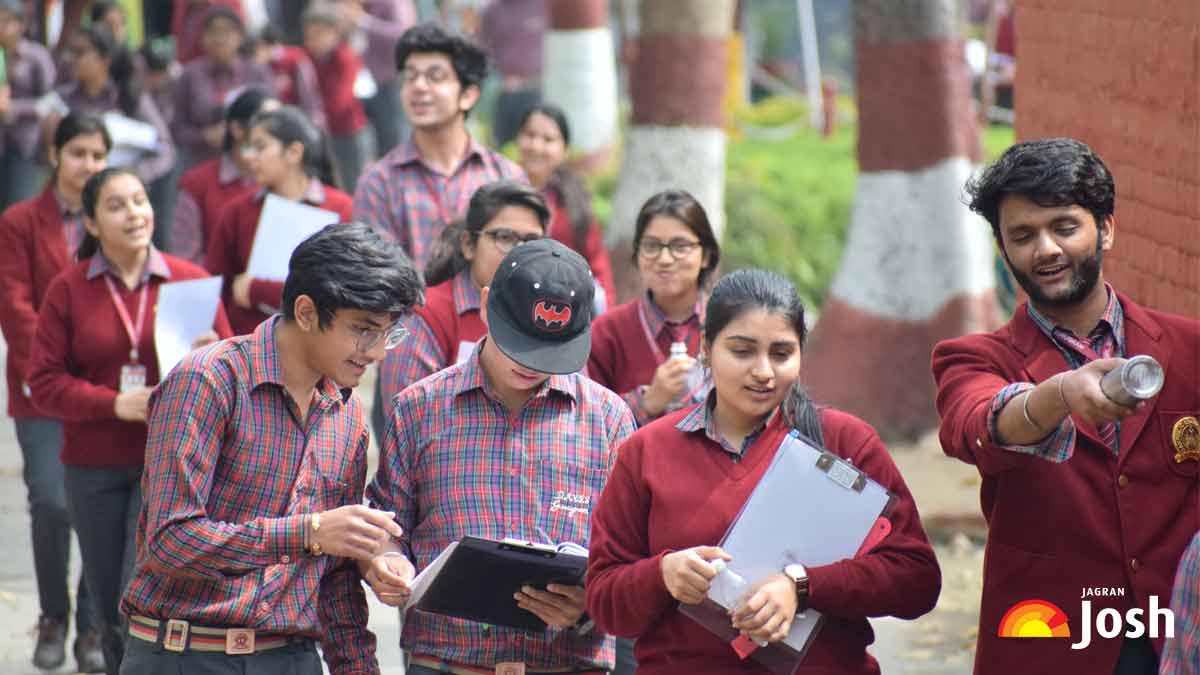 The Centre of Excellence for Research on Clean Air (CERCA), IIT Delhi in collaboration with the Embassy of the United States of America organized a workshop to highlight the problem of ever-increasing air pollution in Delhi. The workshop provided a platform for experts from various fields to gather and discuss the affects of the city’s poor air quality. The eminent panel of experts included - Dr. James Schauer, United States Science Envoy; Satyendra Kumar, Deputy Secretary of Ministry of Environment, Forest and Climate Change and other dignitaries from NGOs, corporate sector and academics.
The Centre of Excellence for Research on Clean Air (CERCA), IIT Delhi in collaboration with the Embassy of the United States of America organized a workshop to highlight the problem of ever-increasing air pollution in Delhi. The workshop provided a platform for experts from various fields to gather and discuss the affects of the city’s poor air quality. The eminent panel of experts included - Dr. James Schauer, United States Science Envoy; Satyendra Kumar, Deputy Secretary of Ministry of Environment, Forest and Climate Change and other dignitaries from NGOs, corporate sector and academics.
The issues that were mainly highlighted during the discussion included such as crop stubble burning, dust pollution, vehicular pollution, etc. These issues are all pertinent to the city’s rising pollution levels. Dr. James stressed the importance of sharing knowledge on such critical issues. He said that there have been constant efforts to lower the PM2.5 levels in the US for over 25 years. He also shared that they have been successful on both scientific and management fronts which makes it interesting to share experiences. At the same time, he also highlighted the fact that the scenarios are different in India and the U.S and India, however, many things can be shared from a technology point-of-view.
Arun Duggal, Founder of CERCA discussed the effect of the hazardous air quality on health and how the role CERCA becomes prominent here. He explained the basic mission of CERCA which is to provide research and scientific knowledge to policymakers. He also mentioned that along with formulating the policies, the policymakers were also provided with feedback on how well those measures are working, all the processes being based on scientific research.
CERCA is presently working on four research projects related to the quality of air in India. One of the projects is studying the implementation experiences with regards to curbing air pollution in countries like China and Japan. Two other projects are directed towards the use of machine learning and other technologies to improve air quality forecasting. Another project is focused on limiting the three critical sources of air pollution which are powerplants, stubble burning, and brick kilns.

Comments
All Comments (0)
Join the conversation